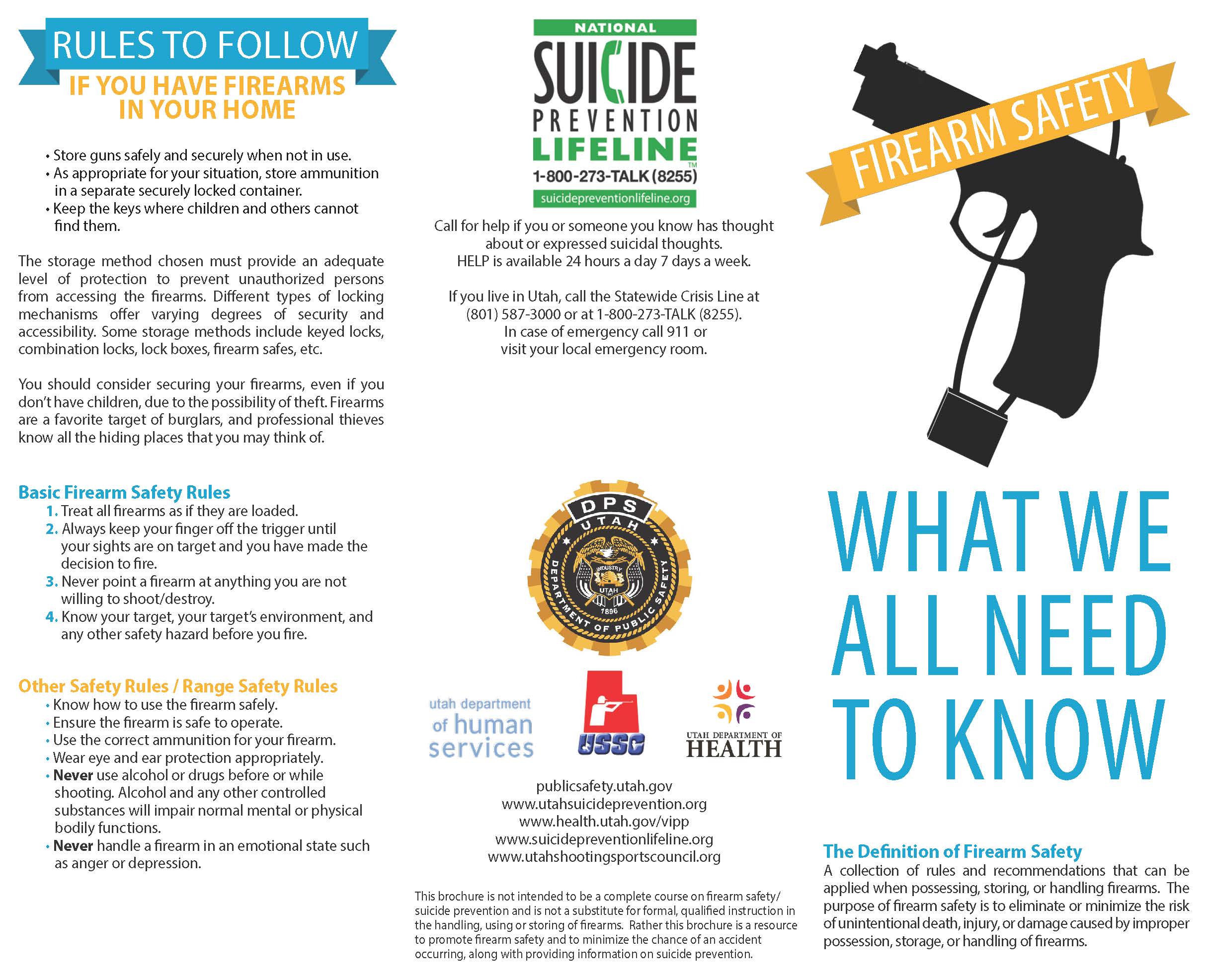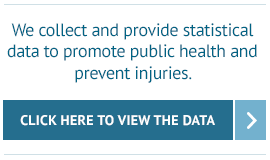Suicide Among Teens and Young Adults
Help is available 24 hours a day 7 days a week.
If you live in Utah, call the Statewide CrisisLine at
801-587-3000 orcall the National Suicide Prevention LifeLine at
1-800-273-TALK (8255)
Among Utah youth aged 10-17 who died by suicide during 2011-2015 with circumstances data, precipitating circumstances included:
- Approximately 35.2% of decedents with mental health information had a diagnosed mental health problem, and 31.0% were in a depressed mood at the time of death.
- Approximately 29.6% of decedents had a history of suicidal ideation or suicide attempt.
- More than half of decedents (55.3%) had experienced a recent crisis or event (within 2 weeks of death) that is indicated to have contributed to the death. before dying by suicide.
- Approximately 23.9% of decedents disclosed their intent to die by suicide within the last month.
- Approximately 47.2% of decedents left a suicide note.
- Among decedents tested, 19.8% had one or more of the following substances in their system at the time of death: alcohol, cocaine, amphetamine, marijuana, and opiate.
- Approximately 68.3% of decedents had experienced two or more precipitating circumstance prior to dying by suicide.
- Approximately 40.4% of decedents with information were identified as being religious, with the majority affiliated with the Church of Jesus Christ of Latter-day Saints.
- Approximately 12.6% of decedents with information had family conflicts that were the result of or that resulted in technology use restriction.
- Approximately 47.3% had ever disclosed their intent to die by suicide.
- Approximately 20.5% had a history of intentional self-harm in the form of cutting or had evidence of recent cutting. (1)
Everyone plays a role in suicide prevention. Learn the warning signs, reach out to others who are struggling, call the crisis lines, and ultimately, collective efforts in these areas can save a life.
Suicide Ideation Among Utah Youth
Of Utah youth aged 10-17 years who were enrolled in school and completed the Utah Prevention Needs Assessment Survey (which is a biannual, school based, cross-sectional behavioral risk survey conducted as part of the Utah’s Student Health and Risk Prevention (SHARP) statewide survey) in 2015:
- Approximately 19.0% considered or planned suicide in the past year and 8.6% attempted suicide.
- Protective factors for suicidal ideation and/or suicide attempt included: prosocial behaviors, positive community environment, positive school environment, positive peer environment, positive family environment, and having clear family rules
- Risk factors for suicidal ideation and/or suicide attempts included: mental health problems, substance use, low commitment to school, academic failure, experiencing violence or bullying in school, and involvement in antisocial behaviors. (1)
Utah Youth Suicide Study
From 2011 to 2013 the rate of suicide among youth aged 10-17 years in Utah increased and this rate continued to increase in 2015. In addition, suicidal ideation among youth in this age group from the Utah’s Prevention Needs Assessment (PNA) was reported to ave significantly increased from 14.1% in 2013 to 16.6% in 2015. These increases prompted the Division of Violence Prevention (DVP), National Center for Injury Prevention and Control (NCIPC) at the Centers for Disease Control and Prevention (CDC) to conducted an Epidemiologic Assistance. Results showed:
From 2011–2015, 150 Utah youth aged 10–17 died by suicide.
- 78.0% were male
- 35.2% had a mental health diagnosis
- 31.0% had a depressive mood at the time of suicide
- 29.6% had a history of suicide ideation or suicide attempt
- 55.3% experienced a recent crisis
- 23.9% disclosed intent to die in the past month
- 47.2% left a suicide note
- Of the 40 cases that included information on the decedent’s sexual orientation, six (15.0%) were identified as sexual minorities
- 20.5% had a history of cutting or had evidence of recent cutting
- 12.6% of decedents had experienced a technology-related restriction prior to their death (2)
Media Recommendations for Reporting on Suicide
The media plays an important role in preventing youth suicides. However, without careful reporting, media agencies can inadvertently influence individuals at risk of suicide to take their own lives, a phenomenon called suicide contagion. Several guidelines have been developed for use by media agencies, writers, producers, bloggers, editors, and publishers to help safely cover this topic.
- Recommendations for Reporting on Suicides
- www.reportingonsuicide.org - find appropriate examples of news stories, online media, expert contacts, etc.
- National Suicide Prevention Lifeline Guidelines for Reporting on Suicide
References
- Epidemiologic Assistance (Epi-Aids). Epidemic Intelligence Service.CDC. Accessed at https://www.cdc.gov/eis/epiaids.html
- Health Status Update, CDC Investigation Shows Youth Suicides in Utah Increasing (December 2017)








